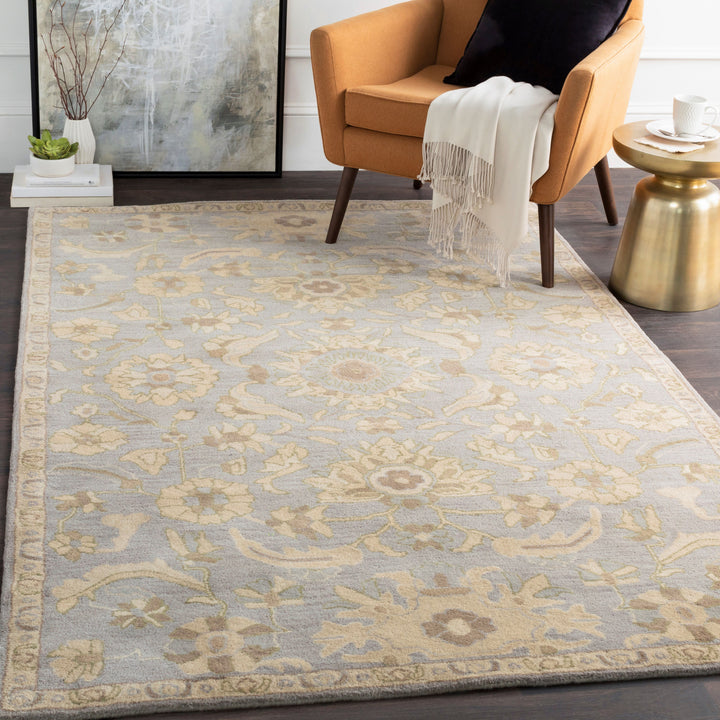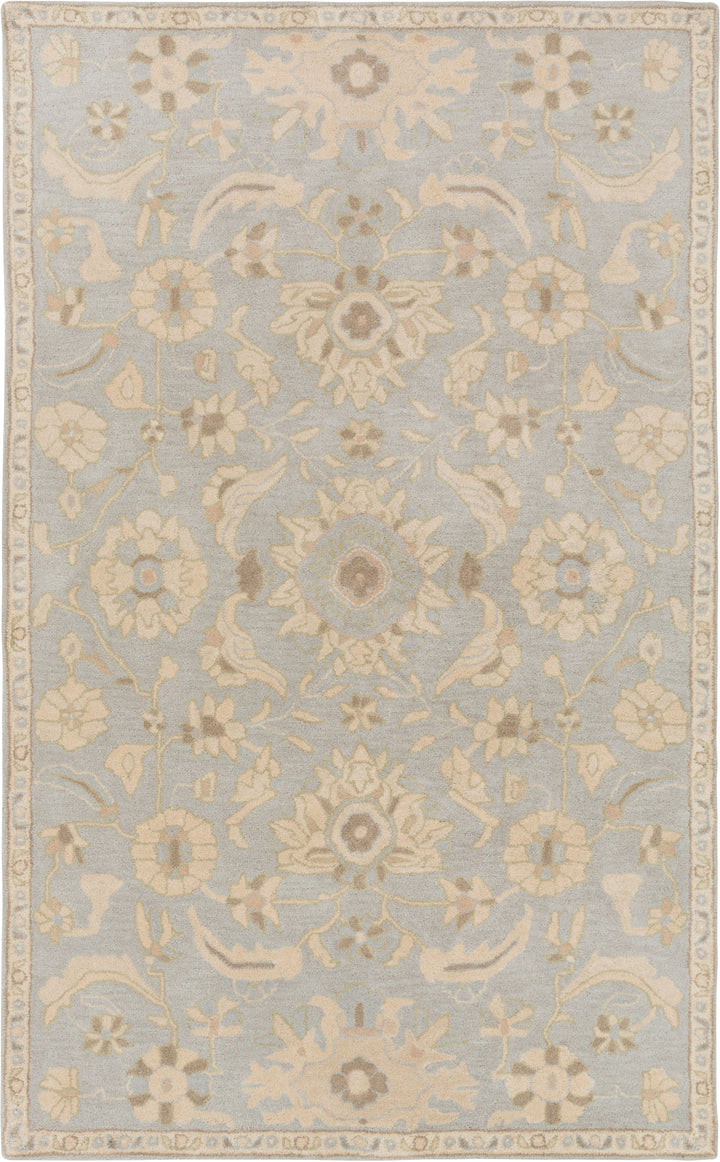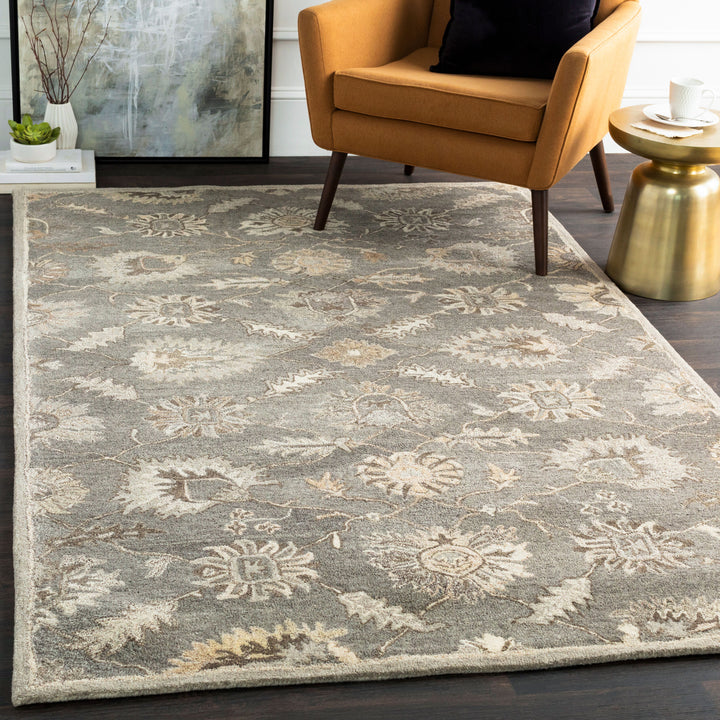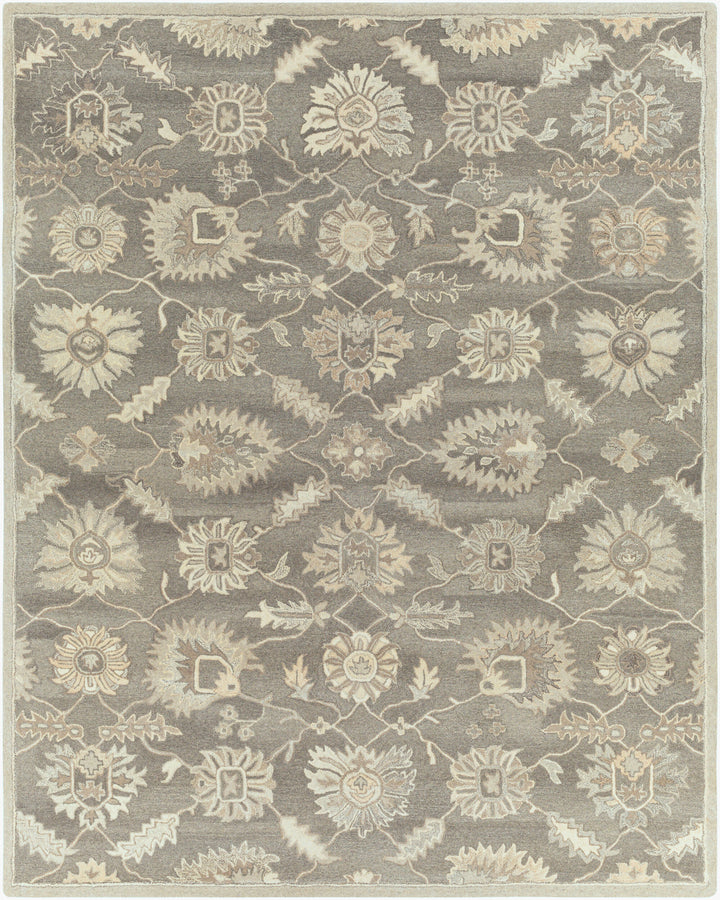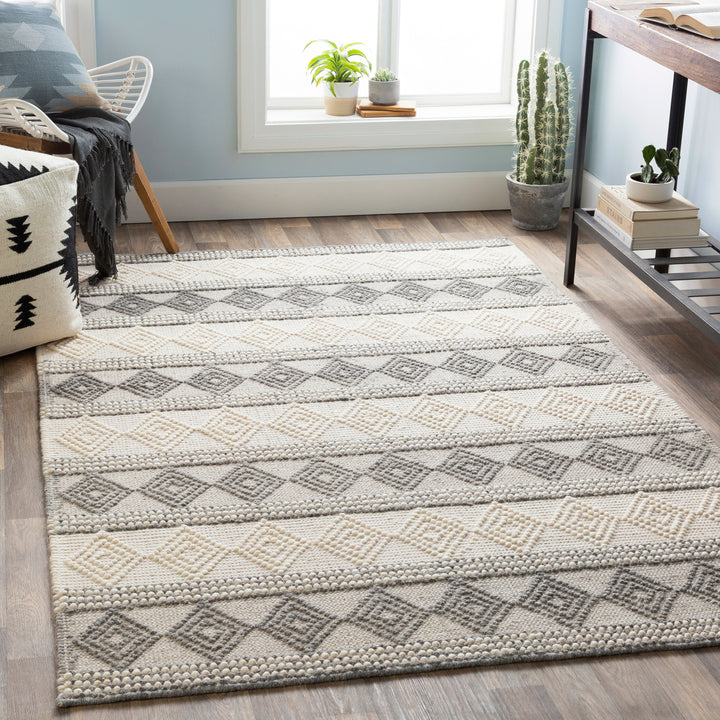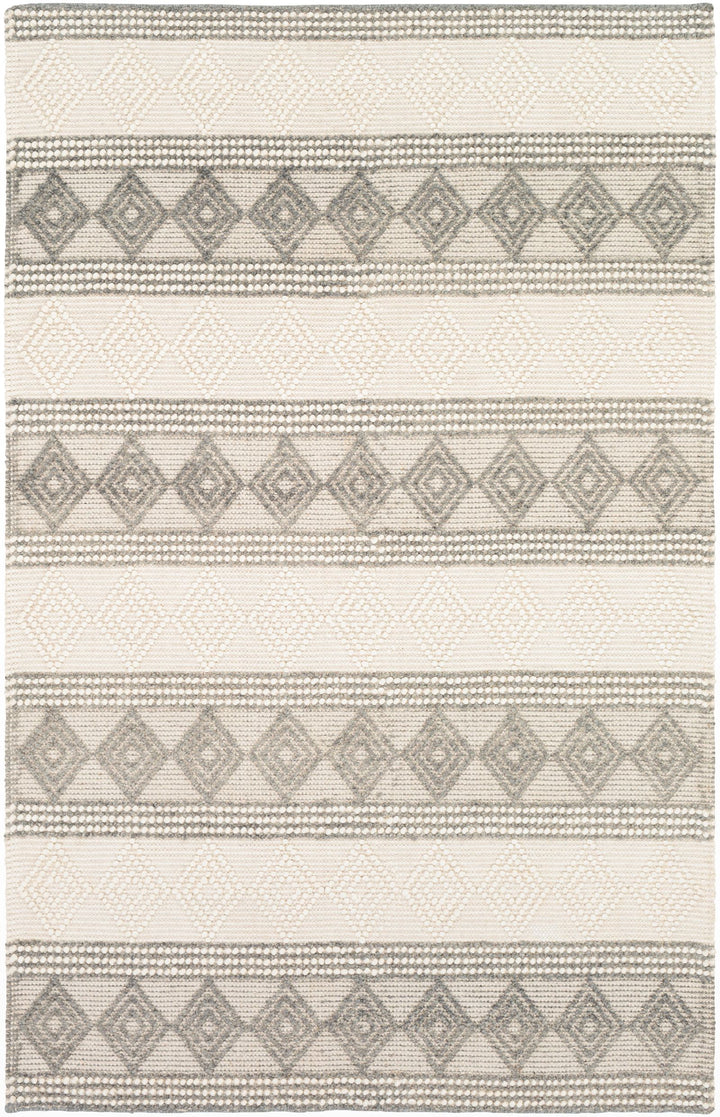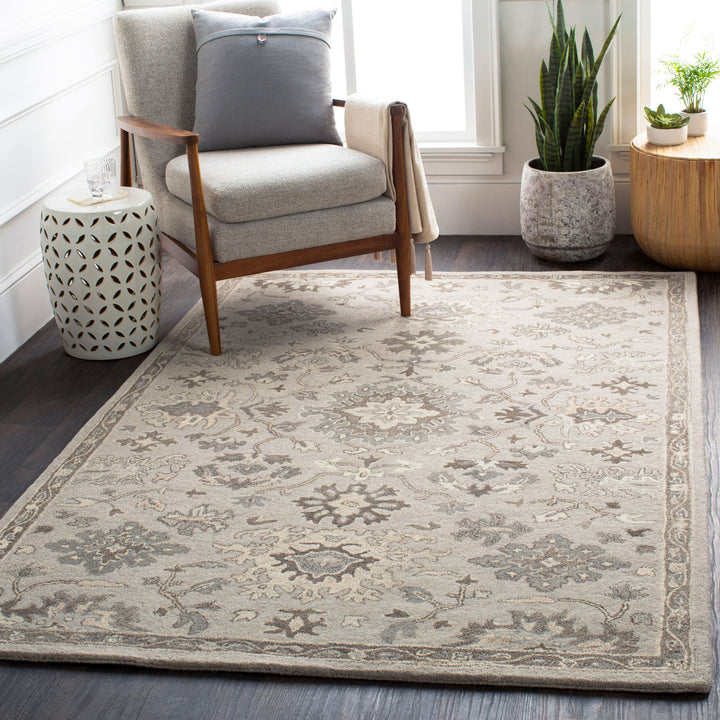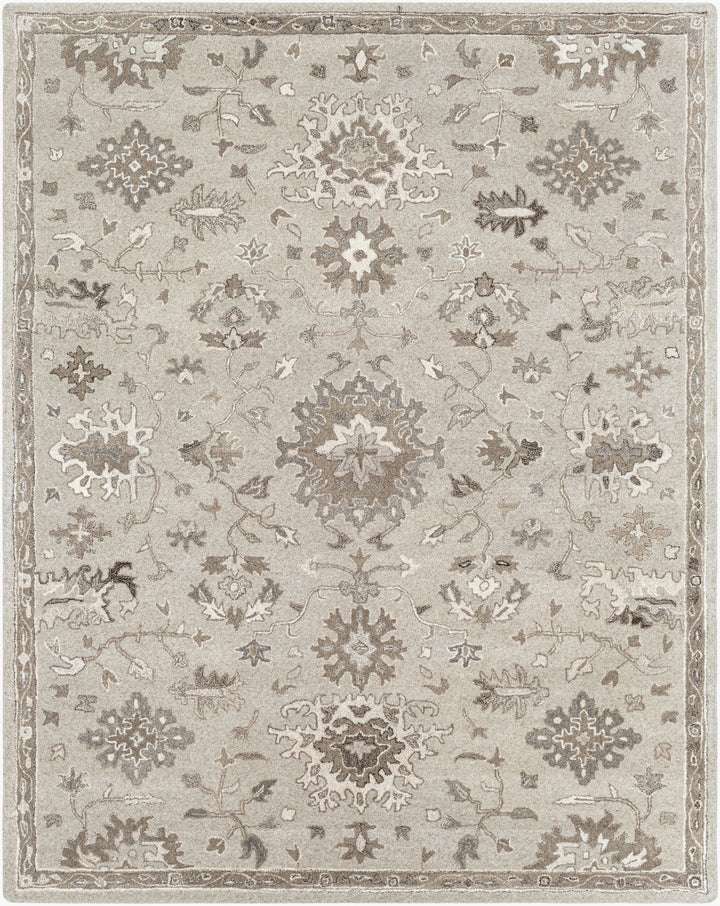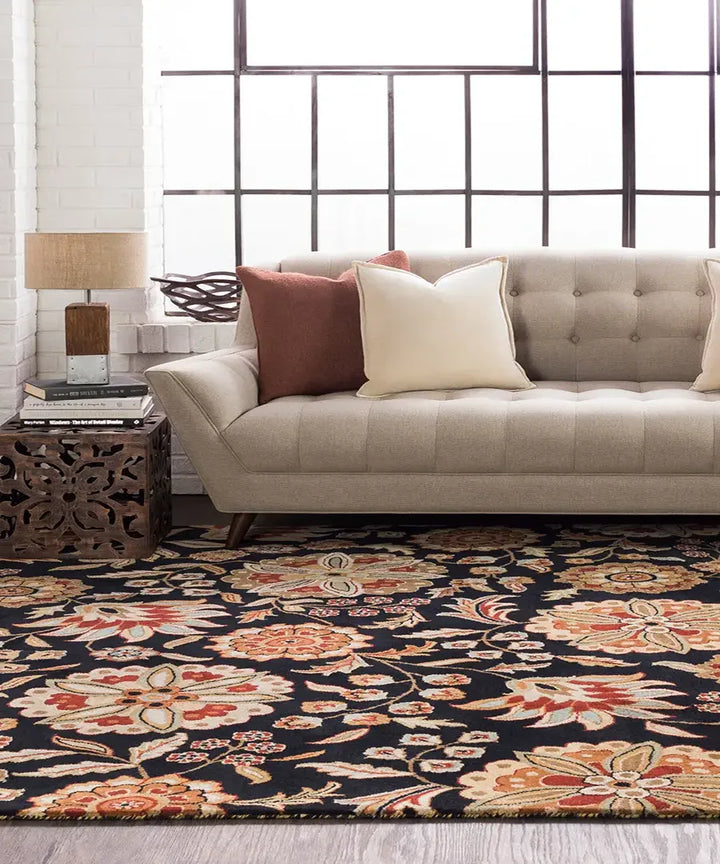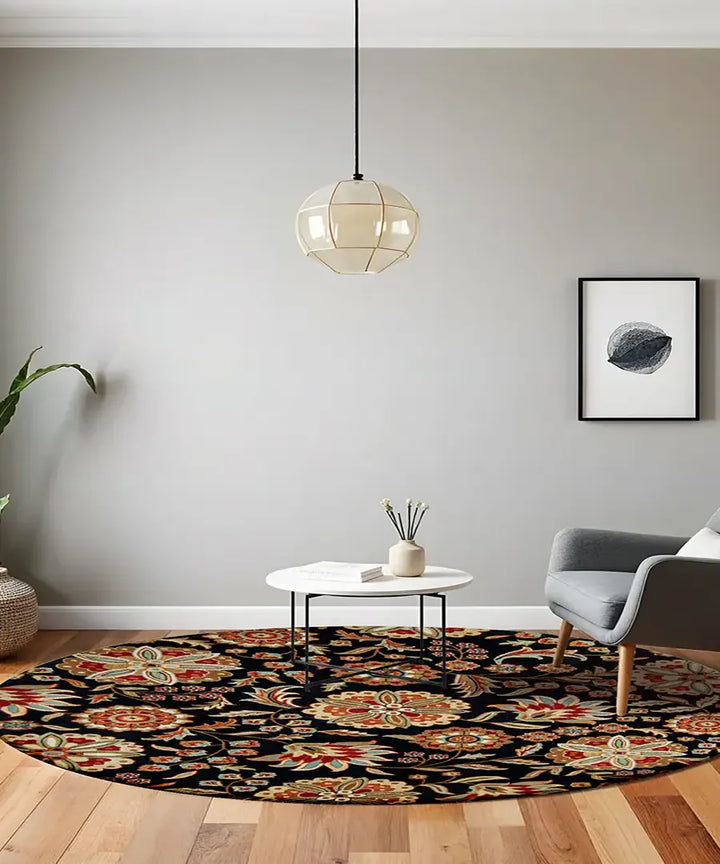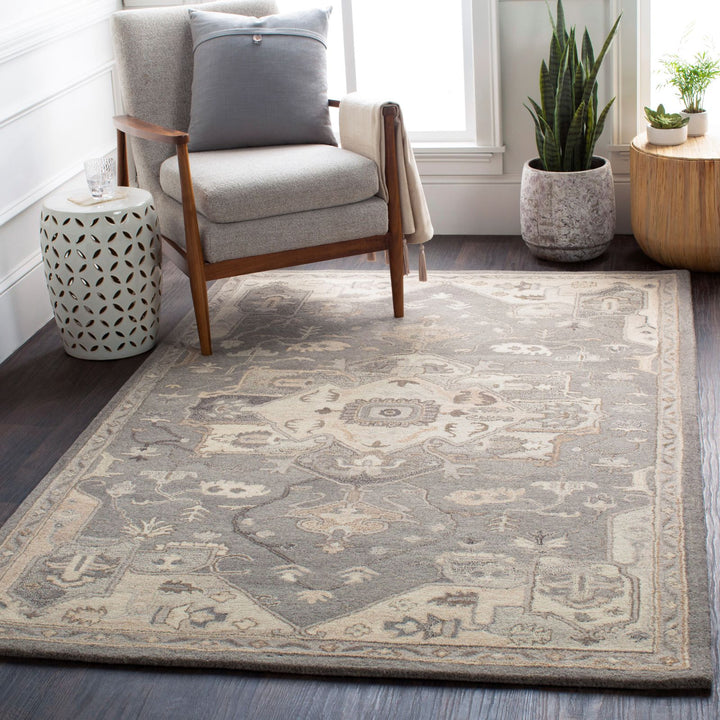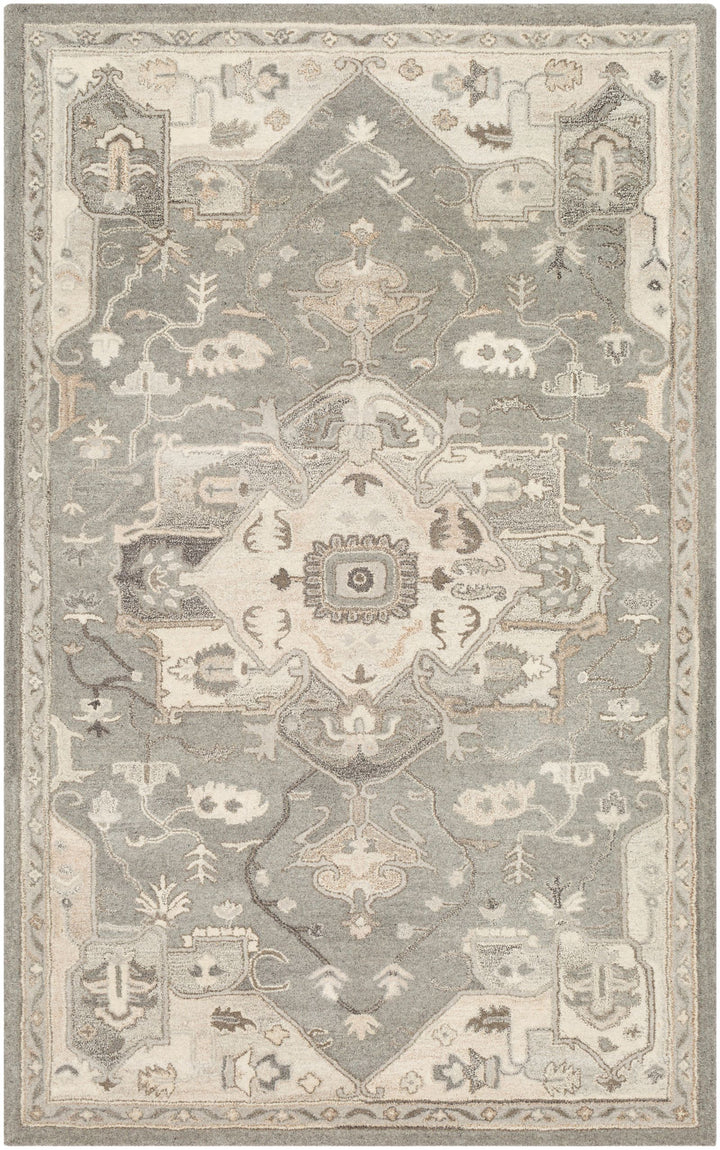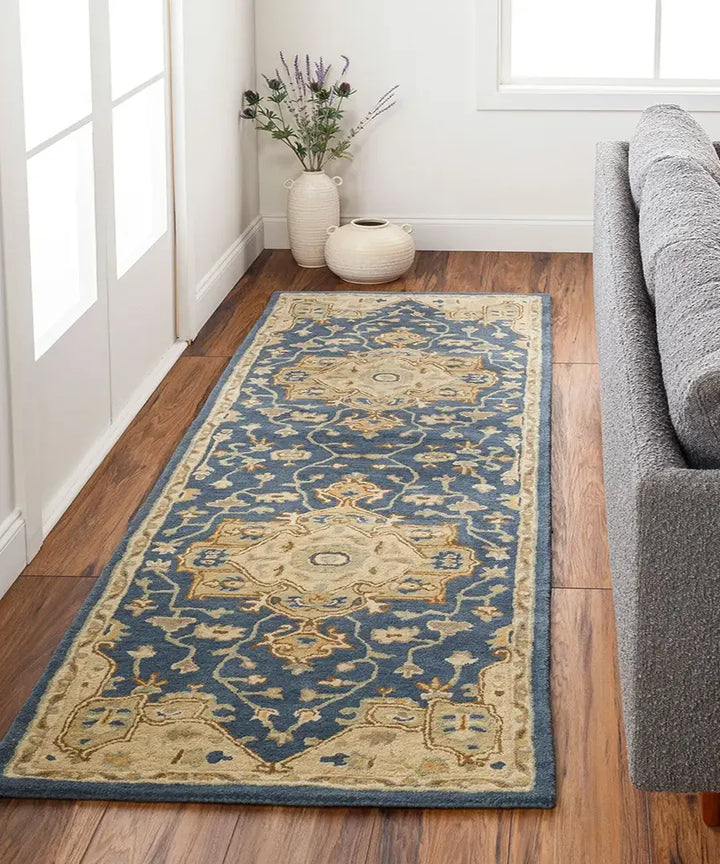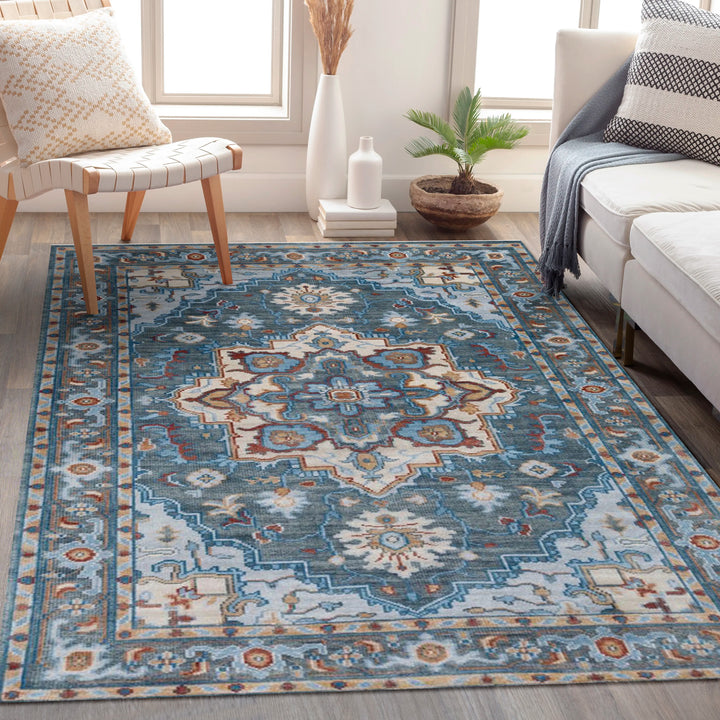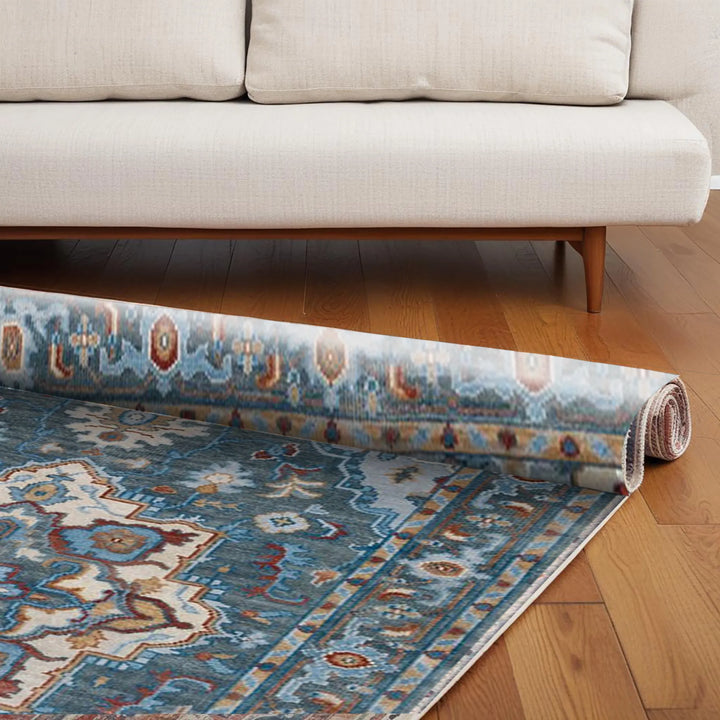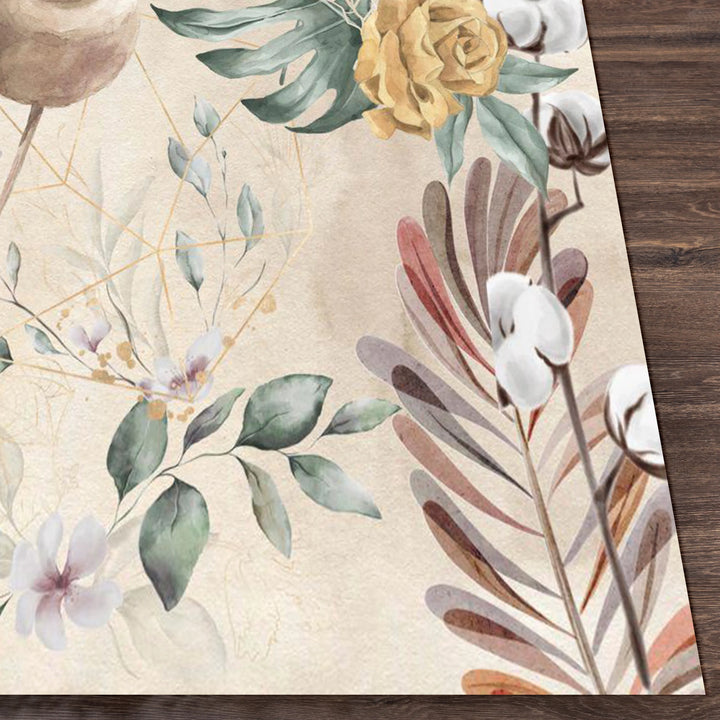-
-
The Caesar Hand-Tufted Wool Rug in a Classic Charcoal PaletteRegular price Rs. 9,930.00
Rs. 25,000.00Sale price -
Caesar Hand-Tufted Wool Rug in Sage, Rustic Heritage DesignRegular price Rs. 11,399.00
Rs. 22,740.00Sale price -
-
The Caesar Hand-Tufted Wool Rug in Charcoal, Traditional DesignRegular price Rs. 12,999.00
Rs. 25,000.00Sale price -
Athena Hand-Tufted Multicolor Black and Light Beige Wool RugRegular price Rs. 11,399.00
Rs. 22,740.00Sale price -
Caesar Hand-Tufted Wool Rug in Charcoal, Rustic Heritage DesignRegular price Rs. 12,999.00
Rs. 25,000.00Sale price -
Caesar Hand-Tufted Wool Rug in Ink Blue, Rustic Heritage DesignRegular price Rs. 11,399.00
Rs. 22,740.00Sale price -
Digital Printed Rug with Classic Central Medallion and Symmetrical PatternsOn sale from Rs. 5,999.00
Rs. 11,436.00 -
Botanical-Themed Digital Print Rug with Tropical and Floral MotifsOn sale from Rs. 5,999.00
Rs. 11,436.00
Timeless Beauty: Oriental and Traditional Carpets and Rugs
What Are Oriental and Traditional Rugs?
Oriental and traditional rugs are rich in history and artistry. Handcrafted with detailed patterns, these rugs reflect centuries of culture and craftsmanship. Originating from regions like Persia, Turkey, India, and China, they showcase timeless motifs and intricate borders.
Each piece tells a story—woven with symbolism, heritage, and art.
Why Choose Traditional or Oriental Rugs?
These rugs bring a regal and warm charm to any space. Whether it’s an ancestral living room or a modern home craving vintage character, they blend seamlessly. Their detailed designs and deep colors add depth, elegance, and personality.
Reasons to choose:
-
Heritage-inspired appeal
-
Long-lasting quality
-
Artistic and cultural value
-
Enhances both classic and modern interiors
Signature Patterns and Motifs
Oriental and traditional rugs are known for their symbolic designs:
-
Medallion: Central floral or circular motif
-
All-over patterns: Repeated vines, flowers, or diamonds
-
Herati: A flower within a diamond, with leaves surrounding it
-
Boteh: Paisley-style pattern representing growth and life
-
Prayer Rugs: Arch design symbolizing worship direction
Each region adds its distinct style, making these rugs truly unique.
Best Rooms for Oriental Rugs
These rugs enhance various settings, including:
-
Living Rooms: Anchor seating spaces with elegance
-
Dining Areas: Define formal dining setups
-
Bedrooms: Add warmth and softness underfoot
-
Libraries or Studies: Bring vintage sophistication
-
Entryways: Make a striking first impression
Their adaptability makes them perfect for both cozy homes and luxury estates.
Materials That Define Quality
Traditional rugs are usually made with high-quality, natural materials:
-
Wool: Soft, resilient, and ideal for everyday use
-
Silk: Adds luxury, sheen, and intricate detail
-
Cotton: Commonly used in the foundation or backing
-
Blends: Combine strength and finesse
Natural dyes give them lasting, vibrant colors that age gracefully.
How to Identify an Authentic Oriental Rug
To ensure authenticity, check the back of the rug. Genuine hand-knotted rugs show clear knots and no glue backing. Look for slight irregularities, which indicate human craftsmanship. Also, authentic pieces often come with origin tags or certifications.
Ask the seller about knot count, materials, and region of origin.
Caring for Oriental and Traditional Rugs
Proper care extends the life and beauty of your rug:
-
Vacuum gently without rotating brushes
-
Avoid harsh sunlight to prevent fading
-
Rotate the rug regularly to balance wear
-
Blot spills immediately with a clean cloth
-
Get it professionally cleaned every 1–2 years
With good care, these rugs can last for generations.
How to Style Traditional Rugs in Modern Homes
Here’s how to make traditional rugs work in contemporary spaces:
-
Let the rug be the centerpiece in a minimal room
-
Pair it with solid-colored furniture for contrast
-
Mix antique and modern decor for a fusion look
-
Use larger rugs to tie open-plan areas together
Traditional doesn’t mean outdated—it means timeless.
Where to Buy Oriental and Traditional Rugs
Shop from trusted rug galleries, artisan markets, or online platforms that specialize in heritage pieces. Look for:
-
Handmade or hand-knotted tags
-
Detailed descriptions of design and material
-
Authenticity certificates
-
Transparent return and shipping policies
Ensure you're investing in quality, not just style.
Conclusion
Oriental and traditional carpets and rugs are more than just decor—they’re woven legacies. With unmatched craftsmanship, cultural richness, and timeless beauty, these rugs add character and depth to every home. Elevate your space with heritage underfoot.



